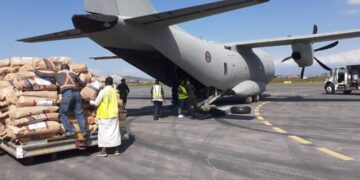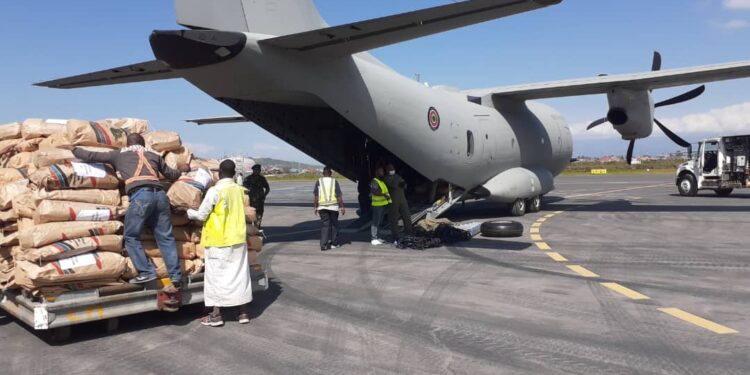By Ebi Kesiena
The United Nations (UN) announced on Monday that it will begin bringing in additional armored vehicles and personal protection equipment for its humanitarian aid operations in the Gaza Strip, following an approval from Israeli authorities.
This decision came in response to a UN letter sent to Israel last month concerning safety and security in Gaza, according to Scott Anderson, deputy humanitarian coordinator for the Occupied Palestinian Territory.
The ongoing conflict between Israel and Palestinian militants Hamas has entered its tenth month, leading to a breakdown in law and order.
The UN has long faced challenges in delivering aid to Gaza due to stringent inspections and approvals required by Israeli authorities for all aid trucks. Distribution efforts within the enclave, home to 2.3 million people, have also been hampered by what the UN describes as “total lawlessness.” A global hunger monitor recently highlighted a high risk of famine in Gaza.
Starting Tuesday, the UN plans to bring in more armored vehicles and protective gear. “Some communications equipment, such as hand-held radios, has also been approved,” Anderson informed reporters, though discussions are ongoing regarding a request for stable Internet access.
According to the coordinator, the UN needs communications that do not rely on cell phone towers due to their unreliability, but Israeli authorities have expressed security concerns about the potential misuse of satellite Internet by Hamas.
Anderson emphasized the necessity of bringing in aid in the right quantity and quality but acknowledged several obstacles, including movement restrictions, aid worker safety, unpredictable working hours, communications challenges, and a lack of fuel.
“We’ve seen a complete breakdown of law and order, with crime families hindering the free movement of aid into Gaza,” he said.
However, aid officials estimate that approximately 600 trucks of humanitarian and commercial supplies are needed daily to meet the needs of the Gaza population.


































